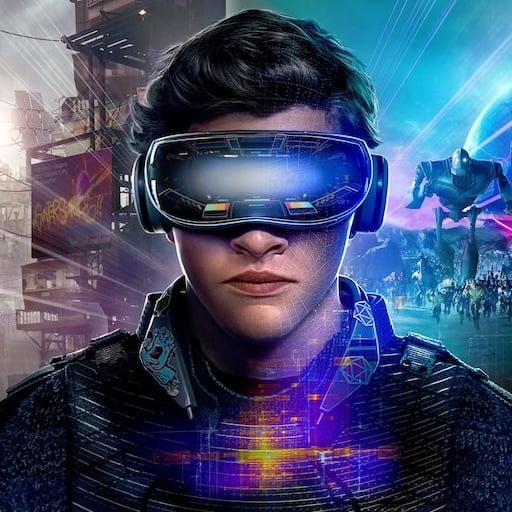In case you missed the news, I’ll briefly summarize: Valve has announced its new headset, the Steam Frame. The Steam Frame is a standalone device, but it is also amazing to stream content from your PC using a dedicated dongle. Valve has also announced a mini PC called the Steam Machine, where you can run all your Steam Games and stream them either to your Steam Deck or your Steam Frame. Steam Frame launches in early 2026, for a price that has been described as “less than an Index full kit”. For now, Valve is only shipping devkits to developers asking for them.
The Steam Frame is definitely a good headset, and I’m very happy it has been released. For sure, it is introducing some innovations, and for sure, it is going to bring some new gamers into VR. But at the same time, I don’t see anything that is disruptive for the market: the use cases it covers were already covered before, and its technology is just a good polishing of some technologies that were already on the market.


Hmm…I’ve never noticed much of a difference, even with hand tracking.
The only issues I’ve had between both in terms of tracking were related to controllers/hands going out of view of the camera.
If there was a difference, it was very minimal, at least for me.
That’s good to know about the bottom port. I like that Valve is somewhat future-proofing this right out of the box. I’ve been looking on Steam’s website about this but I can’t see that part. I am on mobile at the moment, so maybe it’s just not loading correctly for me. There’s some numbers on the headset that just aren’t showing up but are pointing to features on the outside of the headset.
It may not be in quality of tracking but efficiency, or something like that. It’s definitely going to be cheaper too.
The only disappointing part of the entire announcement was that they weren’t making any play at all for the MR space. I could see that depth sensing and SLAM on the environment to map space and anchor objects would be a lot of work, but it would be a major win for them to be the first company to successfully put a PC on your face instead of a phone/tablet (like Apple Vision Pro and Galaxy XR), and for it to be Linux, to boot.
Technically they could still add SLAM via a software update, the chip they chose definitely has enough oomph for it. Not sure if they are looking to go the MR route though.
I get the impression they aren’t. I’m just a little disappointed. But I can imagine several reasons they wouldn’t.